Chrysler Suicide Watch 13: Inappropriate Force
In the Phantom Menace, Anakin Skywalker stands in front of the Jedi Council. Master Yoda senses that Skywalker’s fear of losing his mother is clouding his mind. “Fear is the path to the dark side,” Yoda pronounces. “Fear leads to anger. Anger leads to hate. Hate leads to suffering.” And there you have it: the story of the merger between Daimler-Benz and the Chrysler Corporation. Witnessing much suffering, we are.
Like Anakin, every Daimler-Benz CEO has been afraid of losing his metaphorical mother. In other words, they’ve been scared that Daimler-Benz will fall prey to a hostile takeover. In 1984, Daimler-Benz CFO (and later CEO) Edzard Reuter decided that the only way to keep Daimler-Benz independent was to grow to the point of indigestibility.
At the time, Daimler-Benz had huge cash reserves. They could have easily survived a complete failure of one or two new model lines. But Reuter believed that the market for Daimler-Benz products wasn’t big enough to accommodate poison pill-scale growth. So he decided to diversify.
Reuter mined Daimler-Benz’ cash mountain to buy numerous aerospace and technology corporations. Unfortunately, his acquisitions were bottomless pits. Reuter burned so much cash during his regency that Daimler-Benz’ 1995 stock price had fallen 12 percent since the fateful day he’d assumed control in 1987– despite a wildly successful Mercedes brand.
In 1995, Reuter floated away on his golden parachute, creating corporate lebensraum for his successor, Jürgen Schrempp.
Schrempp soon sold every major business that wasn’t part of traditional automaking. When he finished de-acquisitioning, Daimler-Benz was exactly where it was ten years earlier, only poorer.
By this time, the global car industry was in the throes of massive consolidation. BMW, GM and Ford were buying-up once storied marques. FIAT was on the ropes. Toyota’s epic growth was continuing. Industry analysts were predicting that the international automotive market could only sustain five independent car manufacturers by 2005.
And then Deutsche Bank, Daimler-Benz’ long-time majority shareholder, announced it was dumping its stake in the German automaker. If Yoda would have been present, he could easily have sensed the fear within Schrempp.
Schrempp decided that Daimler-Benz had act upon of the old Italian saying: il pesce grande mangia il più piccolo. Daimler-Benz had to eat someone else not to get eaten.
Honda topped the list. Still smarting from its ill-fated tie-up with Britain’s Rover Group, the Japanese automaker was deaf to Schrempp’s overtures. So Schrempp started negotiations with/for Chrysler.
At the same time, Ford approached Daimler-Benz about a possible tie-up. When the Ford family made it clear that a takeover (Ford over Daimler-Benz) was the only acceptable scenario, Schrempp pulled the plug on the negotiations. After all, Chrysler had announced “game on.”
Daimler-Benz paid $36b for the American automaker, called it a merger of equals (a.k.a. “a wedding in heaven”) and breathed a sigh of relief. They singularly failed to notice a disturbance in the force.
One year later, on March 10, 1999, it all started to go downhill. That was the day DCX’ Board of Directors rejected DaimlerChrysler’s plan to take over the world Nissan. Schrempp wanted it. Nissan wanted it. But Schrempp was too afraid unable to push his plans through the Jedi Council DCX’ Board of Directors.
Renault ended up buying Nissan. Under the leadership of Carlos “The Slasher” Ghosn, the two companies formed the most successful merger in recent automotive history. Schrempp was left shaking his head, knowing that Nissan could have provided Chrysler with the high quality small cars it needed for the U.S. market (a task now left to DaimlerChrysler’s less-practiced Chinese partners).
Still hungry for a Japanese partner, DaimlerChrysler bought Mitsubishi, a wounded manufacturer with plenty of production problems. This decision lead to the second important date in the history of DaimlerChrysler’s failure: April 22, 2004.
On this fateful day, Daimler-Chrysler’s Board of Directors decided to end any further financial help for its ailing Mitsubishi brand. Schrempp had staked his reputation on making Mitsubishi work. It needed a massive cash infusion. But the force was weak with that one.
After the Board’s rejection of his request, Schrempp’s days were numbered. By the end of 2005, he finally stepped down, taking with him the grand global “vision” that was supposed to fuel the Daimler Chrysler merger.
By the time this epic episode faded to black, DaimlerChrysler’s stock price stood at sub-‘95, (pre-Schrempp) levels. Now it’s Dieter Zetsche’s turn to clean up the mess that Schrempp left behind. And when he’s finished, Daimler-Benz will be where it was 10 years ago, only poorer.
According to the official numbers, CEO Reuter and Schrempp’s delusions of grandeur successful attempts to prevent a Daimler-Benz takeover burned through some $60b of Daimler-Benz’ money, although the unofficial estimate place the amount as high as $120b. And it ain’t over yet.
Let’s just hope Dr Z is not afraid.
More by Thomas Minzenmay
Latest Car Reviews
Read moreLatest Product Reviews
Read moreRecent Comments
- Ajla But no ES500h at this time? 🤔 I'd be a little surprised if they bothered to make a trim with the 2.4T or any other ICE-only version. I'm thinking a 250hp AWD hybrid will be the "ES350h". Then whatever these "e" versions are and then maybe something with the Hybridmax.
- Jeff Not so much of a Malibu fan but this is a missed opportunity by GM to make the Malibu a hybrid only and sell it at a more competitive price. This would make a perfect fleet rental car with a hybrid and priced right it would be popular with many buyers who don't want a truck, suv, or crossover but want an American made car. The tooling and dies have long been paid off just offer the hybrid and make the interior a little nicer.
- SCE to AUX This makes the Pontiac Aztek look beautiful.
- Jeff If we are worried about the Chinese spying on us and gathering information then we need to make certain specifications on vehicles imported from China that would lessen any concerns about this. I don't see how we could eliminate all information gathering especially if that vehicle has connectivity to your phone.
- ToolGuy Oh look what's this?

















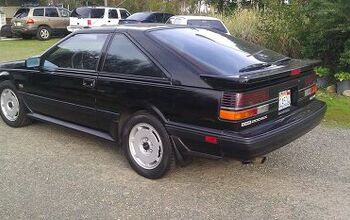

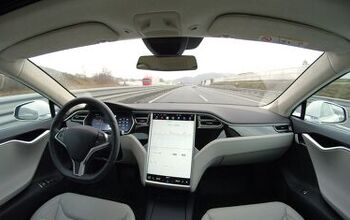
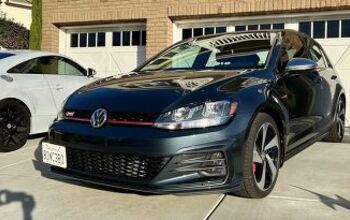
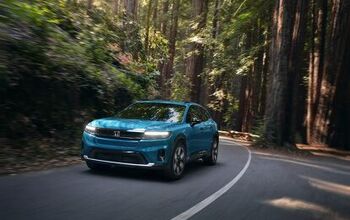
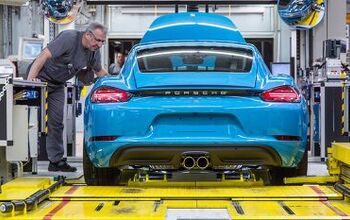
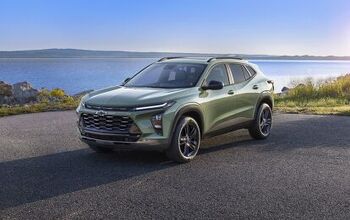
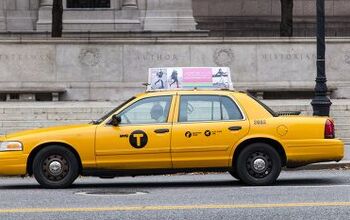


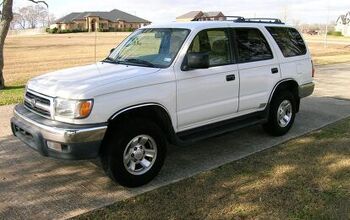
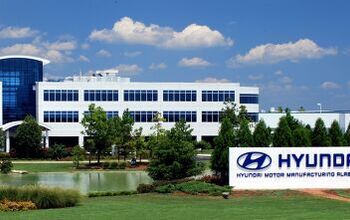
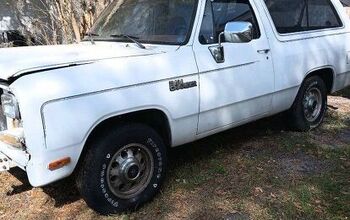
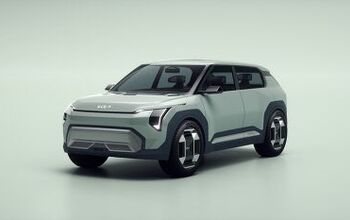
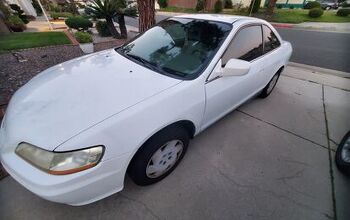
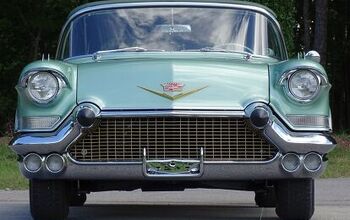
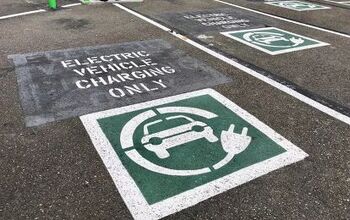
Comments
Join the conversation
Three things saved Hyundai. 1) Lowest priced offerings in each class. 2) Longest warranty in the business so that customers would be less worried about reliability issues. 3) Steady quality improvements, due in part to the fact that Hyundai was on the hook for mid-life reliability problems while GM, Ford and Chrysler routinely duck these with sorry, out of warranty, you are stuck attitudes. Now the industry is more competitive than ever and even Hyundai is kind of stuck in neutral. I would love to see Chrysler turn around, but there is no way I would bet my cash or my time on it. Better to sell it off in pieces that can be put to better use by others. Maybe Honda wants to pick up a nice lightly used technical center and test track .... I firmly believe that any company which is going to succeed in the long term needs a compelling reason to be from the point of view of the marketplace. Toyota has made itself the company a customer can count on getting a good product at a good price across the spectrum. Honda is in many ways an engineering and value leader. Hyundai gets you what you need a little cheaper. GM and Ford are the two go-to places for large trucks. What exactly does Chrysler bring to the table uniquely? Way back when Chrysler was often an engineering leader. Today it is a confused me-too company.
Now 3 yrs later, if Daimler had bought Nissan u think what kind of outcome would have been predicted?